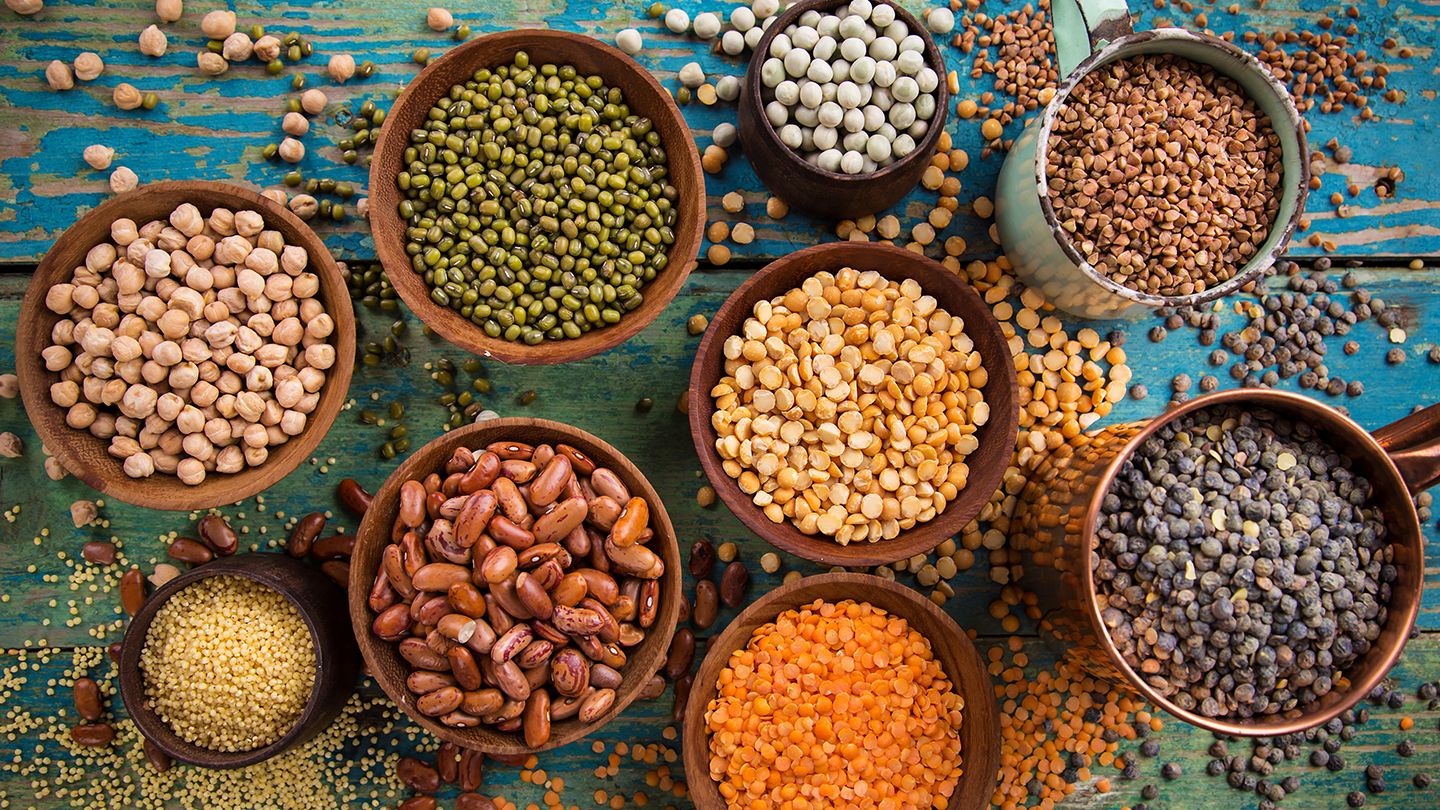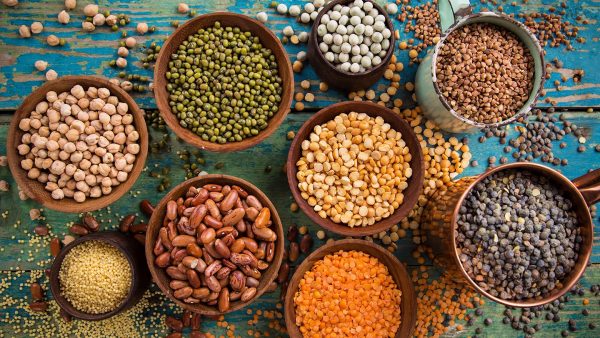Do you, sometimes, feel that you are not slim enough or you do not look good enough to attract the right compliments from people? Or do you lack some self-esteem that will catapult you to feeling self-confident because you are overweight or obese? Or would you like to fit into those skimpy clothes that are reserved for very slim and svelte people?
Read more about Health
If your answer is yes to these questions, well, I have some great news for you. This article discusses foods that make you slimmer and how you can use them to achieve favourable results. Do read on…….
Foods That Help To Promote Weight Loss
Foods that help you lose weight are those that improve intestinal transit, combat fluid retention, speed up metabolism or help burn calories, such as watermelon, oatmeal, and eggplant.
These foods should be consumed daily throughout the day, along with a balanced diet low in sugar, sweets, fats, fried foods, and processed foods. In addition to this, they should be associated with the regular practice of physical activity such as walking at least 3 times a week for 1 hour.
-
Pear

Pear is rich in water and contains 71% insoluble fibre, so they produce a greater sensation of satiety and improve intestinal transit. In addition to this, the natural sugar in fruit reduces the urge to eat sweets and slightly increases blood sugar, which helps reduce hunger and avoid the consumption of sugary foods.
How it should be consumed: To help lose weight, it should be consumed 20 minutes before main meals.
-
Cinnamon
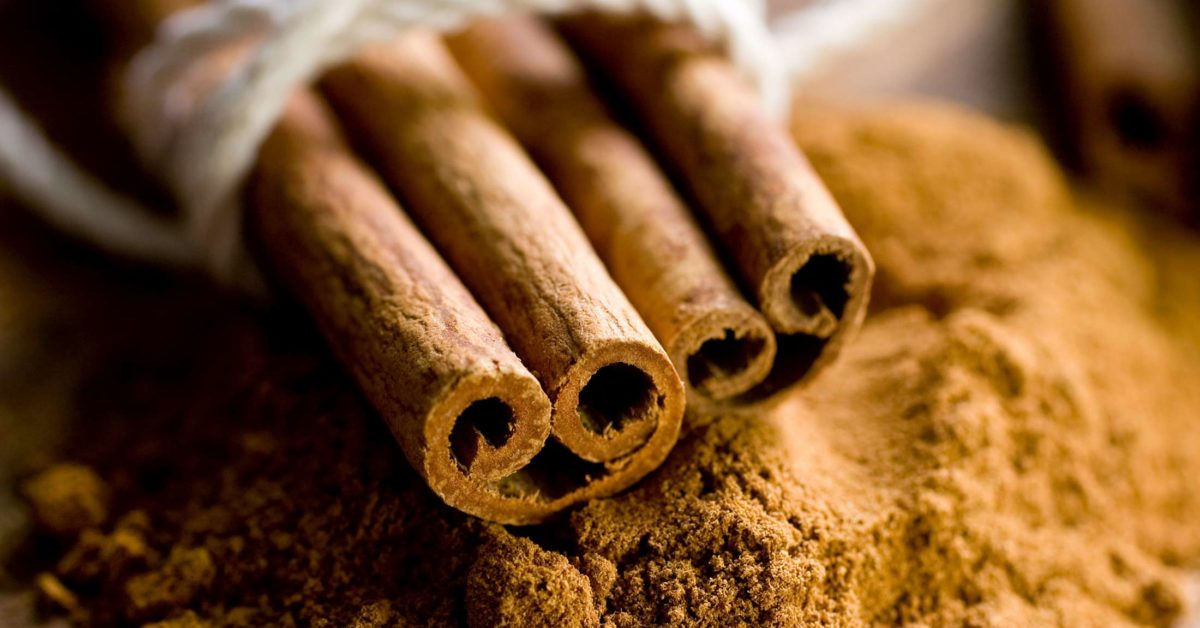
Cinnamon is an aromatic seasoning that could cause a thermogenic effect in the body, being able to increase metabolism and stimulate the process to burn body fat.
In addition to this, cinnamon could also help reduce blood sugar spikes, increase insulin sensitivity, and decrease insulin resistance; this also promotes weight loss. Other foods that have thermogenic properties are ginger, red pepper, coffee, and hibiscus water.
How it should be consumed: It can be easily added to various preparations such as fruits, juices, smoothies, coffee, teas, cakes, and whole-grain cookies.
-
Eggplant
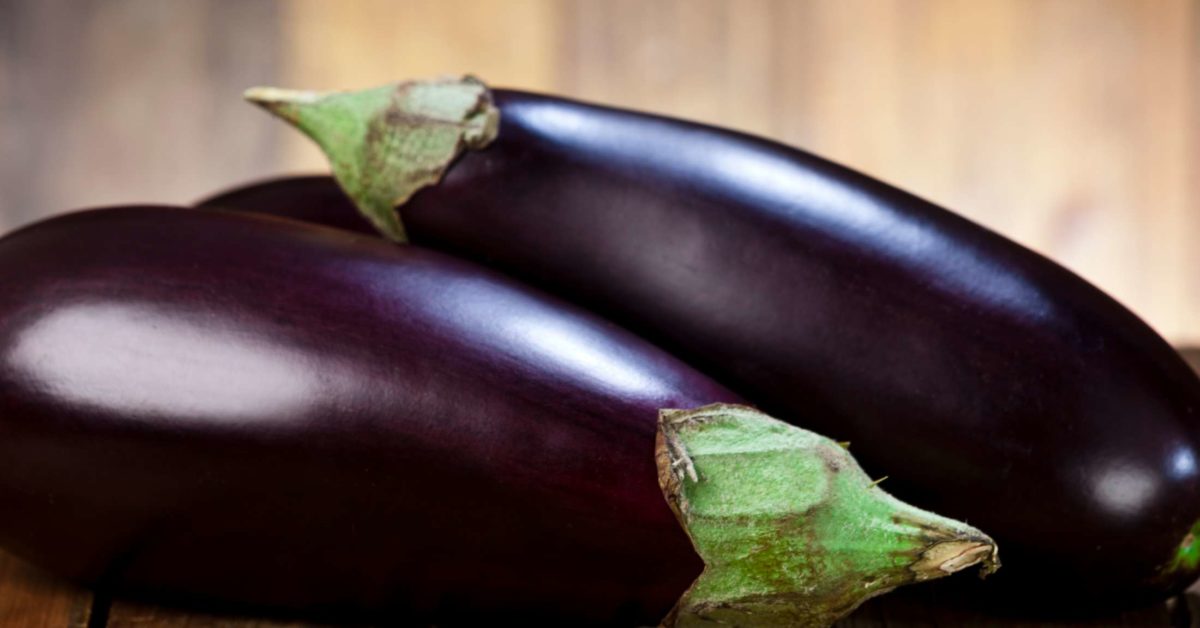
Eggplant, in addition to being a low-calorie fruit, because 100 grams provide only 24 kcals, is also rich in fibres that help in the proper functioning of the intestine, fight bad cholesterol and poor digestion, producing a feeling of satiety.
In addition, it is rich in water, vitamins, and minerals, so it helps combat fluid retention.
How it should be consumed: it is possible to prepare the eggplant water and drink it throughout the day, replacing the water. It is also possible to add it to salads and prepare it in the form of chips, stuffed or in juices.
-
Brown rice
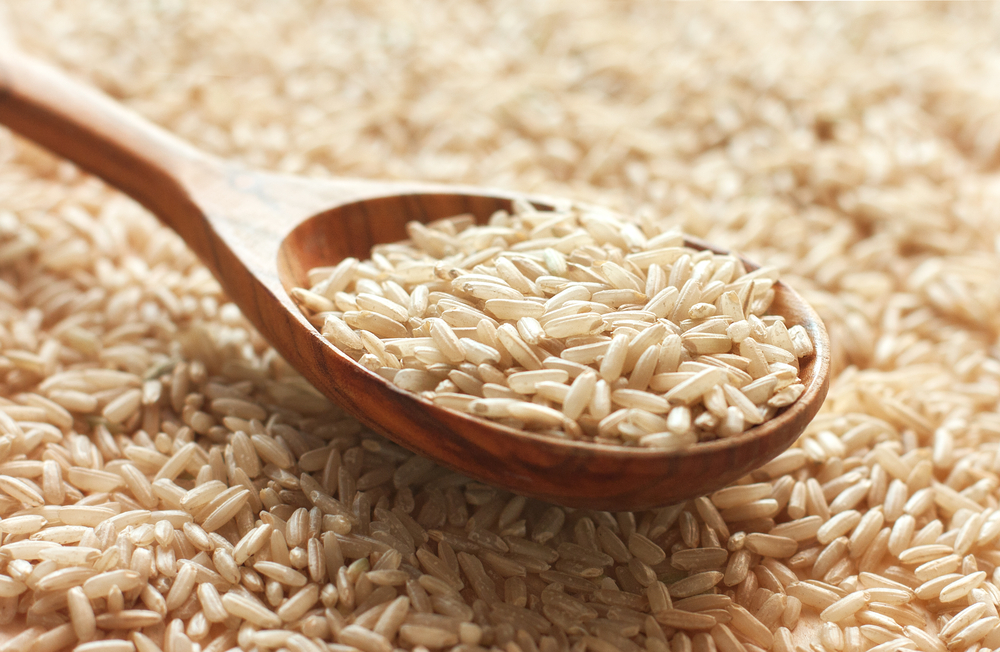
Brown rice, unlike white rice, is rich in fibre, helping to increase satiety and reducing the amount of food eaten. It is also rich in B vitamins, zinc, and selenium, antioxidant nutrients that improve blood circulation, concentration, and memory.
How it should be consumed: it is important that the amount to be consumed is controlled, because, although it is integral, if it is eaten in excess, it could cause the opposite effect. If you want to know what is the appropriate portion, the ideal is to go to a nutritionist to carry out an evaluation and indicate a nutritional plan adapted to your needs.
-
Oats

Oats are rich in soluble fibre and proteins, which give satiety and regulate the intestine. In addition to this, its consumption also helps regulate blood glucose and control high cholesterol, making hunger take longer to appear.
How it should be consumed: oats are quite versatile, being able to be consumed in the form of atol or porridge, you can also add 1 or 2 teaspoons on chopped fruits, smoothies and yoghurts. It can also be used in the preparation of cakes and cookies.
Sign up to the Connect Nigeria daily newsletter
-
Wheat bran
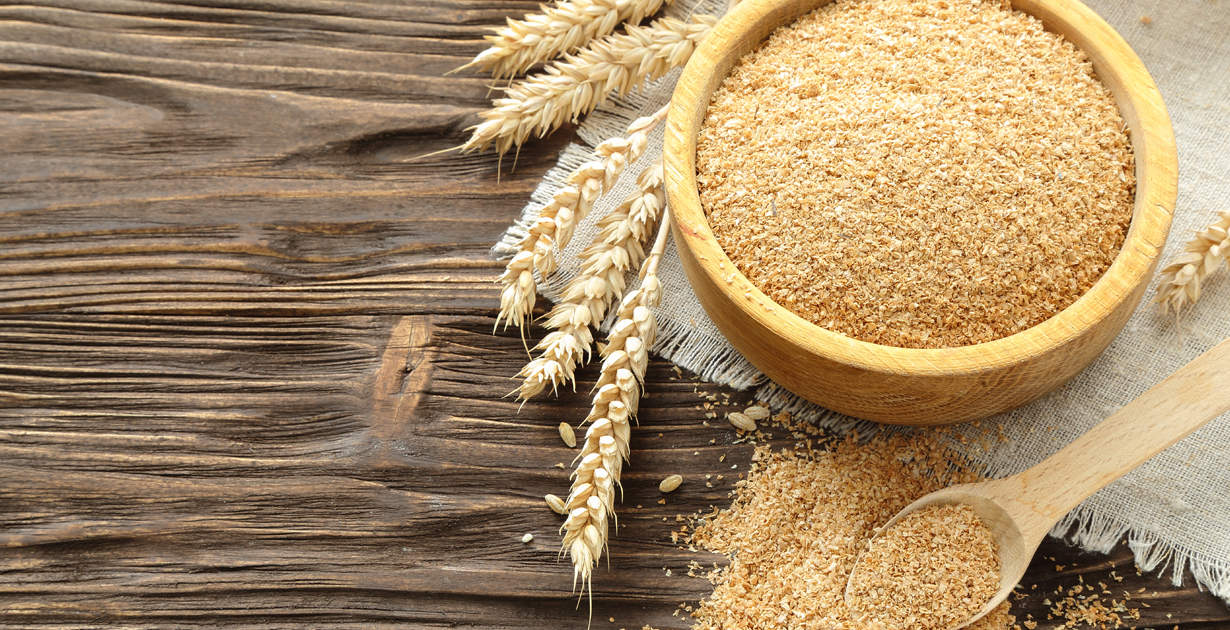
Wheat bran is rich in fibre, providing 12.5 g per 100 grams, and has few calories, and can be used to combat constipation, help control blood sugar levels and increase satiety.
How it should be consumed: As it practically does not alter the taste of food, it can be added to all preparations to reduce the absorption of fat in the intestine.
-
Strawberry

Strawberry, in addition to containing few calories, is rich in fibre, which helps to control blood sugar levels and increase the feeling of fullness, reducing the calories ingested and promoting weight loss. It is also rich in vitamin C, folate, and other phenolic compounds that provide antioxidant and anti-inflammatory effects.
How it should be consumed: this fruit can be consumed whole or in juices, and it can even be used in the preparation of detox juices to improve metabolism.
-
Green tea

Green tea has thermogenic properties and accelerates metabolism. This occurs because it is rich in caffeine, a stimulant that helps burn fat during exercise. In addition to these, it is rich in catechins, powerful antioxidants that help improve metabolism.
How to prepare it: It can be consumed in the form of capsules or tea, preferably it should be taken under the guidance of a doctor or a nutritionist. To prepare green tea, you only need to add 1 tablespoon of green tea to 1 cup of boiling water, letting it steep for 10 minutes.
-
Flaxseed
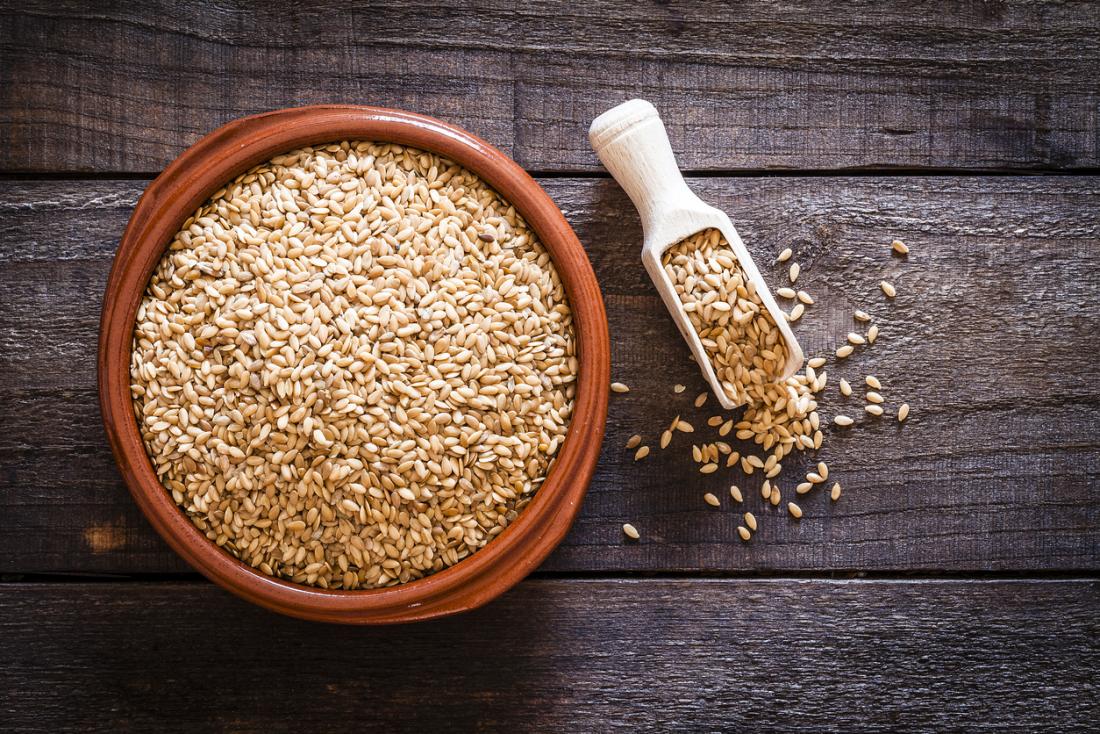
Flaxseed is rich in antioxidants and omega 3, a type of good fat that helps control cholesterol and reduce inflammation in the body, facilitating the weight loss process. In addition to these, it is rich in fibre that improves digestion and increases satiety.
How it should be consumed: the ideal is to consume the flaxseed grains crushed or in the form of flour, being able to add 1 or 2 teaspoons in cereals, salads, juices, smoothies and yoghurts. It can also be used in the preparation of bread, cakes and pastries.
-
Legumes

Legumes such as beans, peas, lentils, and chickpeas are an excellent source of protein and fibre, which help increase satiety and combat constipation.
How they should be consumed: Consuming 4 tablespoons per day, which is more or less the equivalent of 1/2 cup, is enough to obtain its benefits, especially when consumed together with brown rice, since the combination forms a protein of high biological quality.
Well, this is all we have for today. Thank you for reading. Till I come your way again, it is I, your NATURE PHARMACIST, OCB.
Featured Image Source: Everyday Health
Got a suggestion? Contact us: [email protected]

